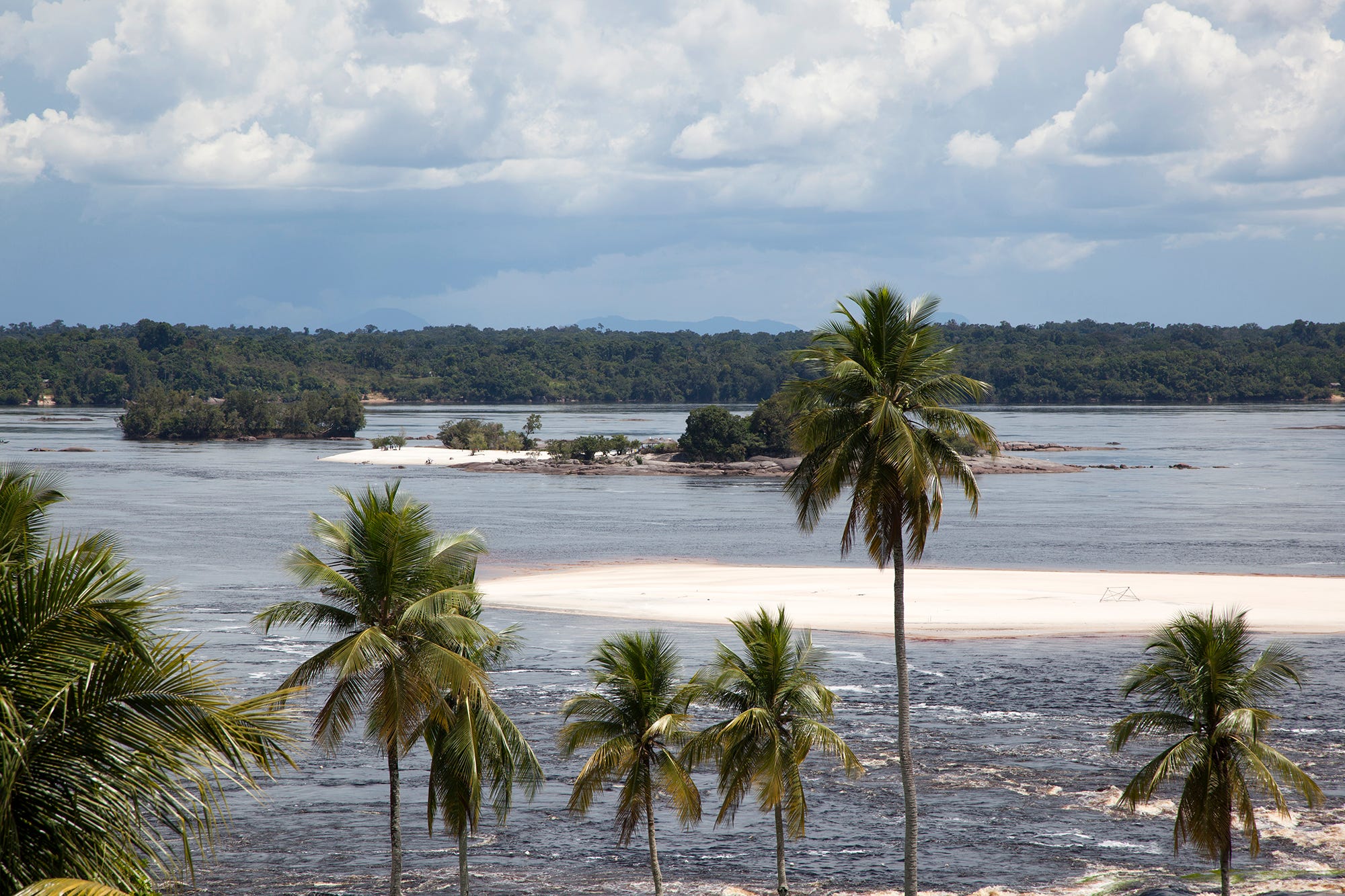Turtles, Palm Fruits & Lemon Ants of the Alto Rio Negro
Ingredients from the forests and rivers in this corner of the Brazilian Amazon.
You feel the water more than anything else in the Alto Rio Negro of Brazil. The rivers and streams don’t feel like oceans as they do in Manaus or Belém do Pará, but more like highways and and roads to traverse by motorized canoes. It’s a land of ants that taste like ginger and lemongrass and chile pepper seeds that are passed down from one generation to the next like deeds to a house. Like everywhere in the Amazon, fish and yuca are the staple foods, but their seasonings and preparations are distinct, altering from village to village.
In the northwestern corner of the state of Amazonas near the southern borders with Colombia and Venezuela, the Alto Rio Negro is a landscape where indigenous gastronomic traditions have altered little in centuries. Remote and isolated, it’s far enough away from anywhere. Despite a history of colonial slavery, its current inhabitants have escaped some of the complications of extraction that plagues other Amazonian regions of Brazil, though others are knocking on its door. With no roads extending to the region from the outside, native flora and fauna remains the foundation of the region’s cuisine.
Anchored by the city of São Gabriel da Cachoeira, where two thirds of the population is indigenous (more than 20 indigenous cultures live here), preservation techniques such as drying or smoking ingredients on a cooking platform known as a moquém remain common place. Much of the region’s vegetation is anthropized, meaning it has been managed by indigenous populations for centuries. While the staples of the diet for are available year-round, many seasonal ingredients change consumption habits dramatically when available, such as turtle eggs in the dry season and nuts in the rainy season.
Keep reading with a 7-day free trial
Subscribe to New Worlder to keep reading this post and get 7 days of free access to the full post archives.




